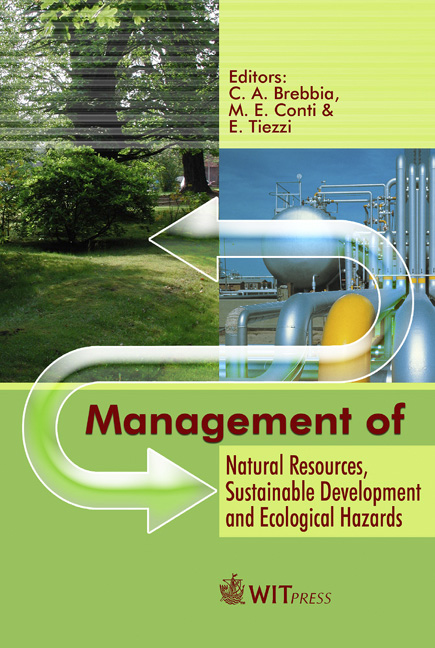The Water Crisis In Southern Portugal: How Did We Get There And How Should We Solve It
Price
Free (open access)
Transaction
Volume
99
Pages
10
Published
2006
Size
1,491 kb
Paper DOI
10.2495/RAV060431
Copyright
WIT Press
Author(s)
L. Nunes, J. P. Monteiro, M. C. Cunha, J. Vieira, H. Lucas & L. Ribeiro
Abstract
Until very recently, the public water supply in the Algarve region was almost entirely supported by groundwater wells. However, in the last years of the 20th Century, the Portuguese government defined a scheme for the public water supply sector entirely based on surface water from large dams, in order to guarantee the public water supply. The efforts to abandon groundwater as a source for public supply started in 1998, after a large investment in new infrastructures and rehabilitation of some existing ones. However, the practical implementation of this water supply scheme showed that an integrated resource management is needed in order to implement a more economical and reliable solution. The present paper describes the historical background and the evolution of water use in recent decades until the present time in the Algarve, and a proposal for restructuring the management of the water supplies based on the development of a decision support system within an integrated water resources management scheme. 1 Introduction The Algarve region (5400 km2) is the southernmost province of Portugal, as indicated in Figure 1. The region is characterized by a warm Mediterranean climate. A mean annual precipitation of 653 mm was calculated for the period 1941/42-1973/74 [1]. Unfortunately the precipitation regime is not regular,
Keywords





